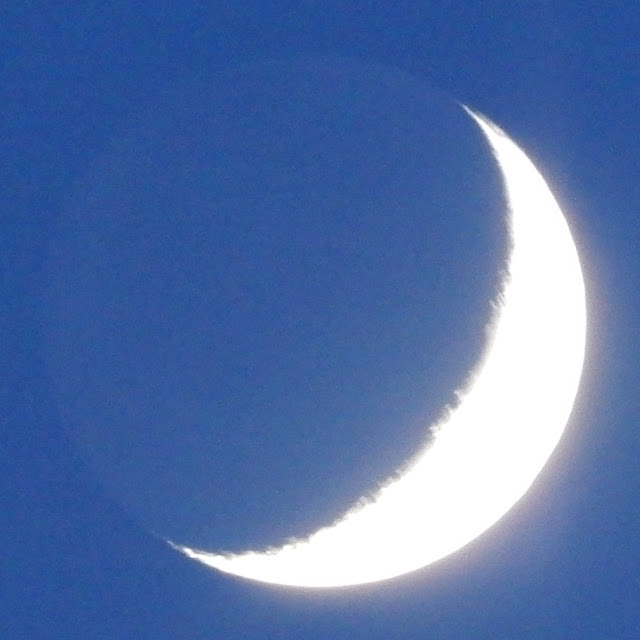Twenty Sixth of May
Don't see wagtails, pied or otherwise, on the pond very often.
This one has obviously got a nest somewhere in the vicinity.
There are often pied wagtails in the centre of Worksop and in the Shopping centre but east and west along the Chesterfield Canal grey wagtails are much more common.
The one remaining turtle sunbathing.
There are a few species of terrapins that are present in our waterways. The most common is the red-eared terrapin, which although originally native to Britain around 8,000 years ago has returned, transported from the USA as pets during the Teenage Mutant Hero Turtles cartoon craze of the 1980s.
Today, these pets have grown to the size of a dinner plate and developed enough strength to break free of their tanks. Their subsequent, and irresponsible, release into the wild has prompted fears for the health of local wildlife, as well as the terrapins themselves who are ill-equipped to survive in the damp British climate.
Terrapins, along with tortoises and turtles, are known as Chelonians - reptiles with shells. They are almost totally aquatic but also need dry land to bask on during sunny days. Still waters and rivers in the Midlands and Southern England support the largest terrapin populations. Snapper turtles and European pond terrapins have also been spotted along our waterways.
It is unlikely that these animals are breeding, as terrapin eggs need to be incubated at 25 degrees Celsius for around 60 days in order to hatch. Anyone familiar with the British summer knows exactly how unlikely that is. However, with climate change there is concern they could start breeding and cause more damage.
A terrapin is one of several small species of turtle living in fresh or brackish water. Terrapins do not form a taxonomic unit and may not be related. Many belong to the families Geoemydidae and Emydidae.
The name "terrapin" is derived from torope, a word in the Native American Algonquian language that referred to the species Malaclemys terrapin (the Diamondback terrapin). It appears that the term became part of common usage during the colonial era of North America and was carried back to Great Britain. Since then, it has been used in common names for testudines in the English language.
Both grebes in one pic
Juvenile robin
Mallard family on the swan's temporary nest
After evicting the ducks the swan family retake their platform
An occasional visitor
Tiny bluetit on the fatballs
Overexposed moon to show the 'dark side' illuminated by earthshine
Wednesday the Twenty Seventh of May
Poppy
Grebes
At the nest
Moorhen feeding its chick
Coots and moorhens seem to have a demarcation agreement: coots keep off the canal and moorhens off the pond
Bud
Yellow!
On the eggs
Leg tucked over the back
Looking east along The Canch
Canch:
a sloping slice removed from the roof or floor of a mine roadway to adjust the gradient between adjacent workings;
a small stack or pile : a small quantity.
Why this small park has that name I've not been able to find out, anyone?
Flag iris along the canch
Friday the Twenty Ninth of May
Still on the nest
There are loads of fish in the canal
Moon at ten past nine




































No comments:
Post a Comment
Speak: